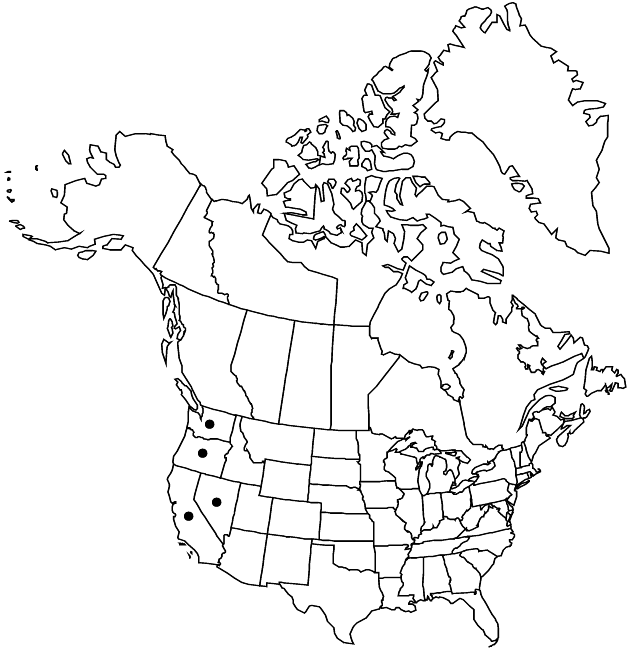Artemisia douglasiana
in W. J. Hooker, Fl. Bor.-Amer. 1: 323. 1833.
Perennials, 50–180(–250) cm, aromatic (rhizomatous). Stems 1–20, erect, brown to gray-green, simple, hairy or glabrescent. Leaves cauline, bicolor (white and green to light gray-green); blades narrowly elliptic to widely oblanceolate, (1–)3–11(–15) × 0.5–2(–6) cm (proximal with 3–5 lateral lobes, distal mostly entire), faces sparsely tomentose (abaxial) to sparsely hairy (adaxial). Heads (usually nodding) in (leafy) paniculiform arrays 10–30 × 3–9 cm (branches widely spreading, ascending, stout). Involucres narrowly turbinate to campanulate, 2–3 × 2–4 mm. Phyllaries (green to gray) ovate, tomentose to pubescent. Florets: pistillate 6–10; bisexual 6–25; corollas pale yellow, 1–1.5 mm, glabrous, sometimes glandular. Cypselae ellipsoid, 0.5–1 mm, glabrous. 2n = 54.
Phenology: Flowering mid spring–late fall.
Habitat: Meadows, shaded sites, along drainages
Elevation: 100–2200 m
Distribution

Calif., Nev., Oreg., Wash.
Discussion
Artemisia douglasiana is sometimes weedy. Reports from areas outside the northwestern portion of the United States are based on misidentifications of plants in the A. ludoviciana complex.
Selected References
None.